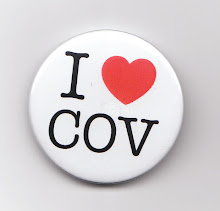
A reverse vending machine is a device that accepts used materials for recycling, usually beverage containers such as aliminium cans and plastic bottles. The RVM (reverse vending machine) then gives the user money or credits dependent on how much material has been recycled. Thats it. Exactly what it says... a reverse vending machine.
It is a simple concept, that is similar to bottle recycling schemes that were used in the past where Supermarkets would give a small amount of money to customers who returned their used glass bottles, so that they can be reused. This is not such a common idea anymore and we have seen an increase in the popularity of bottle banks and sorting our household rubbish to be recycled.
Nonetheless in my opinion, one of the best ways to get people recycling is for there to be an incentive at the end. This is exactly what the reverse vending machine provides its users with.

This really is a simple idea that has developed into a vending machine system because of updates in the technology available. The machines actually scan the bar codes of materials that are inserted to gain the relevant information on the item before accepting them, which means no miscellaneous items can be accepted.
There are currently around 90,000 reverse vending machines in use around the world (according to www.reversevending.co.uk) which is surprisingly not that many. They can hold around 1,000 bottles or cans before they need emptying and cost as little as £0.15 pence to run per day.
The machines have become common place in countries such as Norway and Germany. In the UK many local recycling schemes already provide special boxes for cans and bottles, however these tend to be quite small and often overfill ends up going in with the rest of the rubbish.
While these machines are already in use in many countries in Europe including the UK, I feel that they could work on a much bigger scale if correctly promoted. Getting money, or discounts on your shopping is an incentive that I feel would motivate many different people all around the world to bring their empty bottles and cans to the supermarket with them on each visit.
This is innovative new technology and on top of council recycling schemes I feel this could help make a difference.
http://www.reversevending.co.uk

